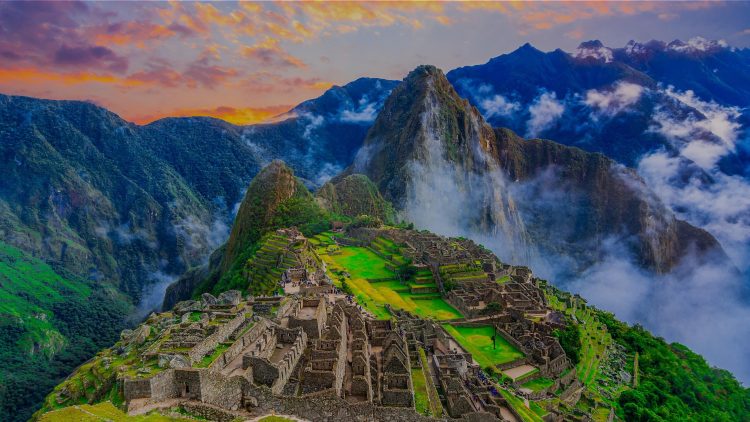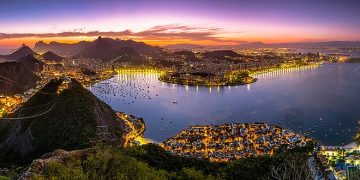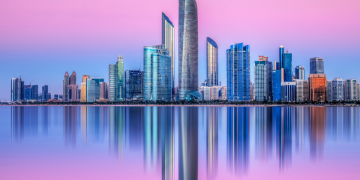In the mountains of South America, hidden an ancient and mysterious city – Machu Picchu (Machu Picchu), known as one of the “new seven wonders of the world” site, with its unique geographical location, exquisite architectural skills and deep historical and cultural heritage, attracting the attention of countless explorers, historians and tourists. This paper will discuss Machu Picchu’s historical background, geographical location, architectural style, architectural features, material use, technology level and other aspects in depth, combined with personal opinions and feelings, in-depth interpretation and evaluation of this ancient city.
I. Historical background and geographical location of Machu Picchu
1.1 Historical Background
Machu Picchu dates back to about the 15th century AD and was an important city built during the Inca Empire. The Inca Empire was the most developed and powerful empire in the ancient Indian civilization of South America. Its territory was centered on today’s Peru, reached Colombia and Ecuador in the north, and reached central Chile and northern Argentina in the south, with its capital in Cusco. The builder of Machu Picchu, Pachacutec, as the legendary monarch of the Inca empire, he not only led the Incas to defeat the invaders, but also created the first empire in the history of the Americas, known by historians as “Alexander the Great of the Andes.” It was on his orders that the magnificent city of Machu Picchu rose on a ridge more than 2,000 meters above sea level.
1.2 Geographical Location
Machu Picchu is located approximately 75 km northwest of the province of Khazco, Republic of Peru, with geographical coordinates of 13°9 ’23 “south latitude and 72°32′ 34” west longitude. Towering on a ridge some 2,350 metres above sea level, overlooking the Urubamba Valley, the site is surrounded by lush tropical jungle. This unique location not only makes Machu Picchu an ideal military fortress, but also adds a bit of mystery and grandeur to it. Due to its location and seclusion, Machu Picchu was a military secret during the Inca Empire until the Spanish invasion in the 16th century, when the city was abandoned and gradually forgotten.
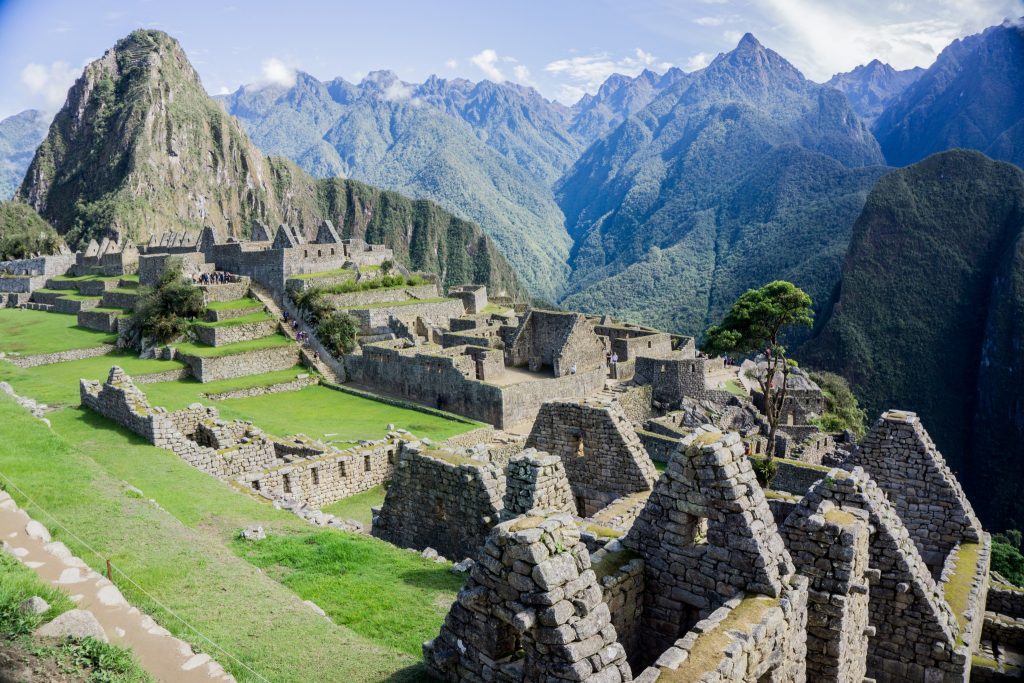
Ii. Architectural style and characteristics of Machu Picchu
2.1 Architectural Style
The architectural style of Machu Picchu embodies the unique intelligence and creativity of the Inca people. The whole city is built around the mountains, making full use of the topography, and perfectly integrating the architecture with the natural environment. The layout of the city is scattered and divided into three parts: sacred area, civilian area and noble area. Located at the highest point of the city, the Sacred Quarter is a place for religious ceremonies and worship of the sun god Inti; The civilian areas were in the lower parts of the city, where ordinary Incas lived; The aristocratic quarter was built on the mountain and had more luxurious and spacious houses.
2.2 Architectural Features
The architectural features of Machu Picchu are mainly reflected in the following aspects:
Megaliths: Machu Picchu’s buildings are all made up of huge blocks of stone, which weigh several tons or even tens of tons, but the Incas were able to stitch them together tightly to form a solid structure without using any bonding materials. This kind of architectural excellence is breathtaking.
Precise alignment: Machu Picchu’s architecture is not only solid, but also precisely aligned. The gaps between the walls and stones of many buildings are so narrow that even a dagger cannot penetrate them. This precision reflects not only the Inca’s exquisite craftsmanship, but also their deep understanding of astronomy and geometry.
Trapezoidal structure: Although the Incas understood circles and regarded the sun as a deity, circular elements are rarely seen in the architecture of Machu Picchu. Instead, they preferred to use trapezoidal structures, which not only contributed to the stability of the building, but also reflected the Inca’s respect and adaptation to the natural environment.
Water system: Machu Picchu also has a well-developed water system, including canals and drainage facilities. These facilities can not only effectively prevent floods and mudslides during the rainy season, but also provide irrigation water for the surrounding farmland. The existence of these water systems is further evidence of the Inca’s superior ability in urban planning and water management.
Third, Machu Picchu construction materials and technology level
3.1 Use of materials
Machu Picchu’s building materials are mainly derived from local granite. This rock is hard and easy to cut into regular shapes, making it ideal for construction. Using simple tools such as hammers and chisels, the Incas carved huge blocks of granite into shapes and then pieced them together with precision. In addition, they also bring in special stones from quarries 30 kilometers away to meet the needs of specific buildings.
3.2 Technological Level
The Incas demonstrated a high level of craftsmanship in building Machu Picchu. They not only mastered accurate measurement and alignment techniques, but also invented some unique transportation and installation tools. For example, they used equipment such as pulleys and ramps to move boulders to where they were needed; Use tools such as a “human lift” to safely place the boulder high up. The application of these tools and techniques not only improves the construction efficiency, but also ensures the quality and stability of the building.
Fourth, Machu Picchu’s literary value, historical significance and influence on later generations
4.1 Literary value
Machu Picchu, the lost city of the Inca Empire, has inspired countless writers and poets. Many literary works have been set or themed around Machu Picchu, depicting the mystery and magnificence of the ancient city through rich imagination and delicate brushstrokes. These works not only enrich the treasure house of world literature, but also let more people know and pay attention to Machu Picchu and the historical culture behind it.
4.2 Historical Significance
The historical significance of Machu Picchu is that it is a witness to the splendid civilization of the Inca Empire. The city not only showcases the Inca’s outstanding achievements in architecture, water conservancy, astronomy, etc., but also reflects their respect for the natural environment and wisdom in the use of it. The existence of Machu Picchu gives us a glimpse of the brilliance and wisdom of an ancient empire that has disappeared, and makes us cherish and respect every achievement of civilization in human history.
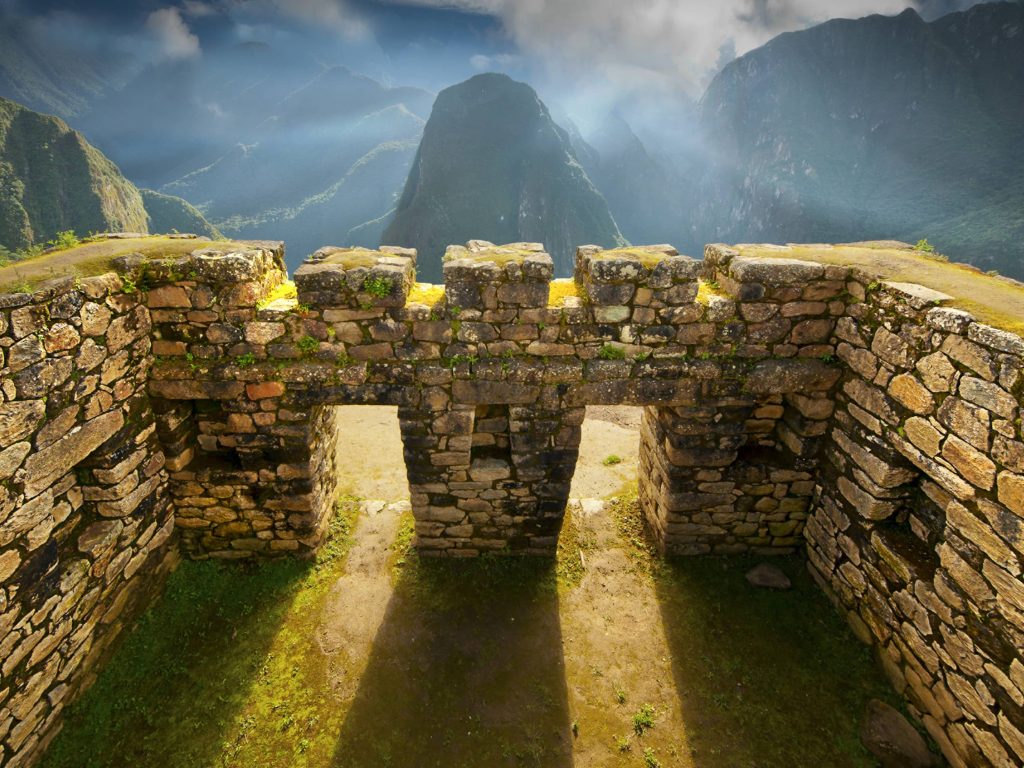
4.3 Impact on Later generations
The influence of Machu Picchu on later generations is manifold. First of all, it stimulated people’s curiosity and desire to explore ancient civilizations, and promoted the development of related disciplines such as archaeology and history. Secondly, Machu Picchu, as a world cultural heritage and tourist attraction, has injected new vitality into the economic development of Peru and even South America. Finally, Machu Picchu has become a common cultural heritage and spiritual wealth of mankind, reminding us to cherish and protect every precious heritage in human history.
- Personal opinions and feelings
Standing on the ruins of Machu Picchu, I felt as if I could travel through a tunnel of time and space and feel the brilliance and wisdom of that ancient empire. Every corner of the city exudes a mysterious atmosphere that makes people wonder. Machu Picchu is not only a city, but also a spiritual symbol – it represents human’s reverence for nature, the pursuit of wisdom and the yearning for a better life.
The reason why Machu Picchu can become one of the “New seven wonders of the world” is not only because of its unique geographical location and exquisite architectural skills, but also because of the historical and cultural value it carries and the far-reaching impact on later generations. This ancient city makes us realize the diversity and richness of human civilization, and it also makes us cherish and respect each and every achievement of civilization.
I also feel the importance and urgency of protecting Machu Picchu. With the continuous development of tourism, this ancient city is facing more and more challenges and threats. Therefore, we need to take more effective measures to protect the ecological environment and cultural heritage of Machu Picchu and its surroundings. Only in this way can we keep this ancient city shining in the long stream of human civilization.
Machu Picchu is an ancient city full of mystery and charm, which bears witness to the brilliance and wisdom of the Inca Empire, and also carries the common cultural heritage and spiritual wealth of mankind. Through in-depth understanding and exploring the historical background, geographical location, architectural style and architectural features of Machu Picchu, we can have a more comprehensive understanding of the unique charm and far-reaching influence of this ancient city. At the same time, we should cherish and protect this precious heritage, so that it will continue to shine in the years to come.


